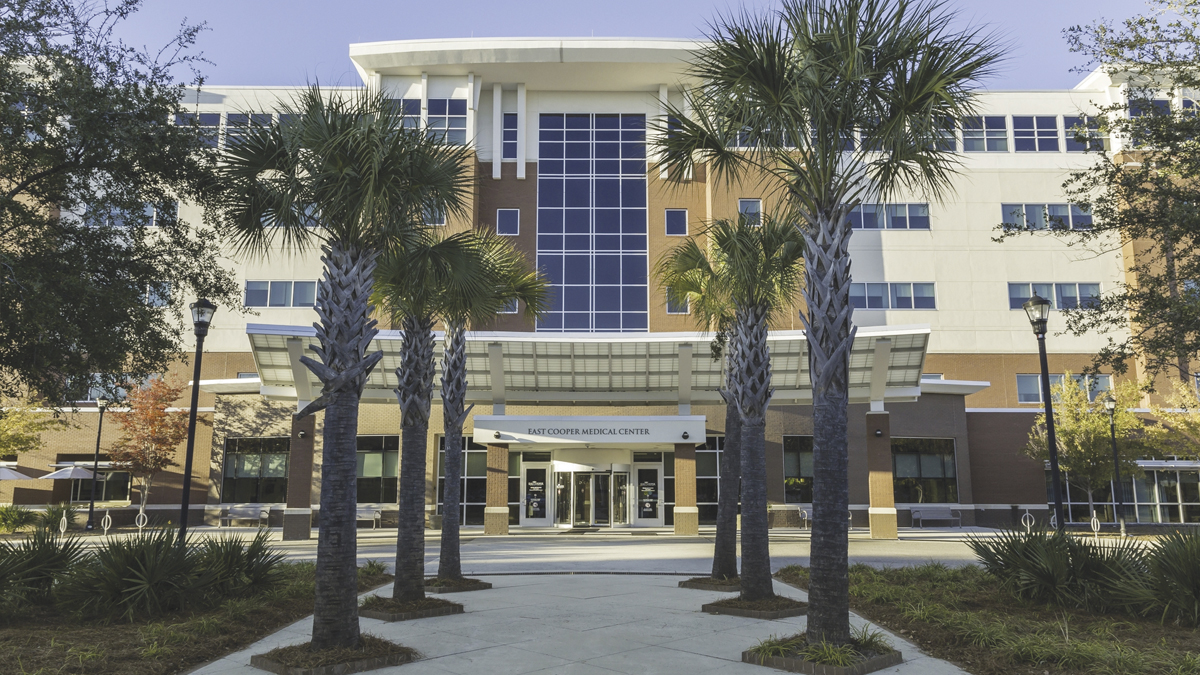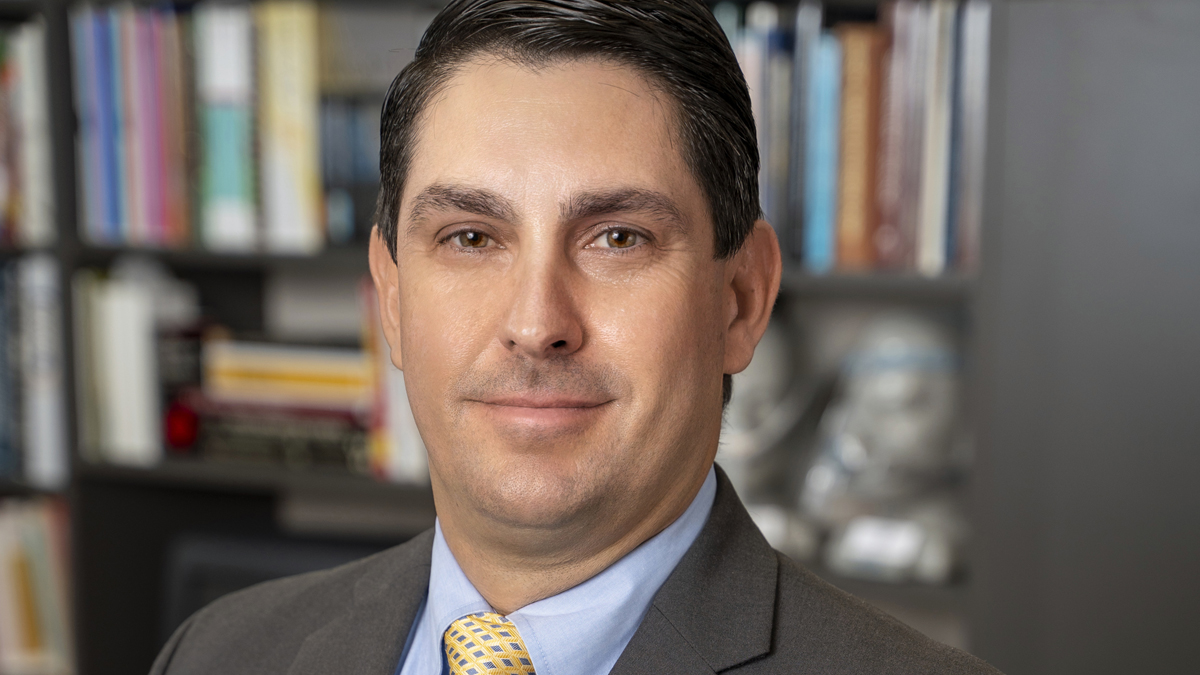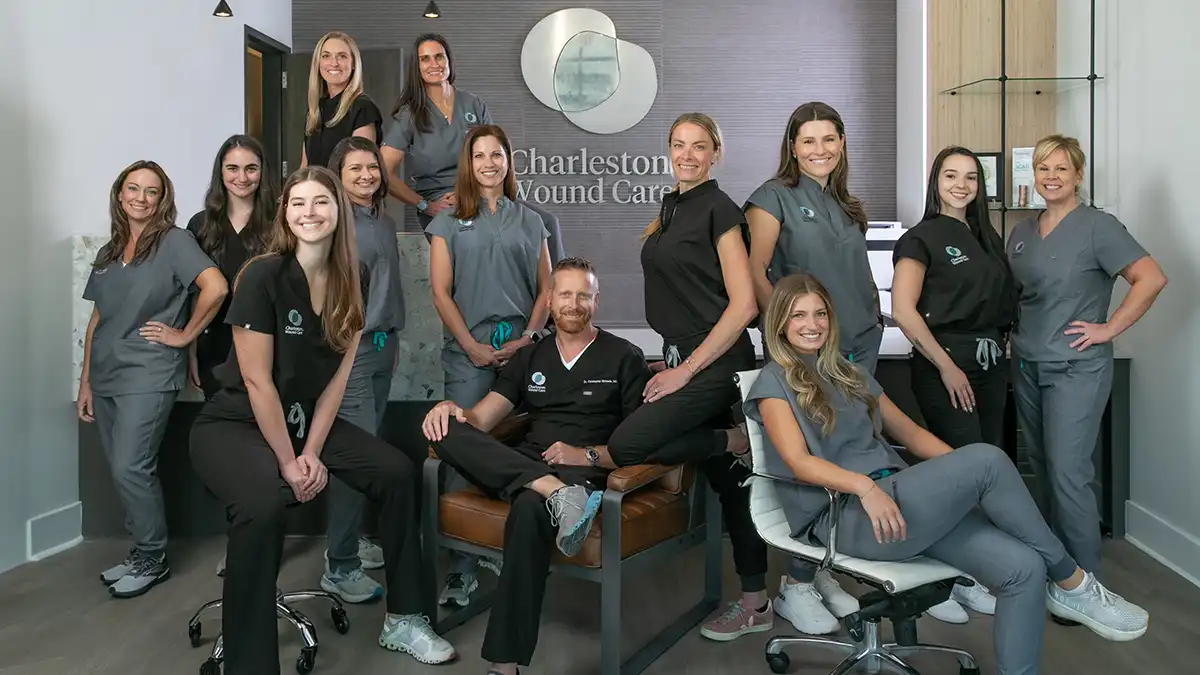When you’re dealing with chronic foot or ankle pain, you want answers. Sometimes the easiest answer is surgery – but is it really the “easiest?”
Dr. Rahn Ravenell with Coastal Podiatry wants people to know that surgery is not the only way to cure chronic foot or ankle pain. He has been practicing regenerative medicine for nine years, but he said more and more people now are interested in the branch of medicine that focuses on the natural repair and regeneration of damaged tissues within the body.
“Many people are more focused on natural ways to cure their pain, rather than medications and surgery,” he explained. “This is actually a perfect solution for people looking for a more holistic way to heal.”
The procedure consists of a single injection of an amniotic-fluid-derived growth factor into the site of the pain. Dr. Ravenell said the procedure is done in his office with the assistance of an ultrasound.
The amniotic fluid comes from a woman’s natural birth, usually a cesarean section, where the mother will sign a consent for the growth factors that would otherwise be thrown away to be procured from her amniotic sac.
“It is ethically procured,” Dr. Ravenell explained. “This fluid has fed the baby while it was in the womb, so those growth factors are what we need. It is very viable tissue.”
Dr. Ravenell mentioned that regenerative medicine is mostly recommended for people who are experiencing chronic or long-term pain in their feet and ankles – those who have ligament or tendon pain or who are dealing with issues such as degenerative joint disease, osteoarthritis, plantar fasciitis, Achilles tendinitis, spurs or ankle arthritis.
“The main difference between surgery and regenerative medicine is that there is no downtime,” he assured. “You can walk out of my office that same day.”
He said he actually encourages people to use their foot and not to stay off of it after a regenerative medical procedure.
“We do not want people to engage in strenuous activity, but it is fine to be on your feet while the regenerative medicine is doing its thing. You have to understand that whether you are lying on the couch or walking around, the regenerative medicine will still be going through its process in the body to rebuild that tissue.”
Surgery downtime is normally six weeks and that usually requires not using the foot or ankle at all. After that, it is up to another six weeks before resuming normal activity.
“Plus the surgery itself can take pretty much a whole day,” Dr. Ravenell said.
He understands that many people cannot take off for that long.
“I have patients that work on their feet and have to get back to work sooner than that,” he empathized. “Or we have college students that play sports.”
He admitted that the relief is not immediate, but it does typically kick in quicker than after a surgical procedure. He advises patients to resume normal activity after just two weeks and that after six weeks they will notice that the tissue is completely healed.
And, of course, there is that small chance that it may not work and that surgery would turn out to be the best option. He also said that some people need more than one injection but typically no more than three.
He feels seniors are perfect candidates for regenerative medicine because many are advised to avoid surgery due to its side effects.
“Plus we are injecting a natural growth factor, which does really well in older individuals who need to stimulate damaged cells,” he said.
Unfortunately, the procedure is not yet covered by insurance.
“You will find prices all over the map for the procedure, but it really depends on the severity of the condition,” Dr. Ravenell said.
By Theresa Stratford
For more information on regenerative medicine and Coastal Podiatry, call 843-507-2357 for an appointment.”






